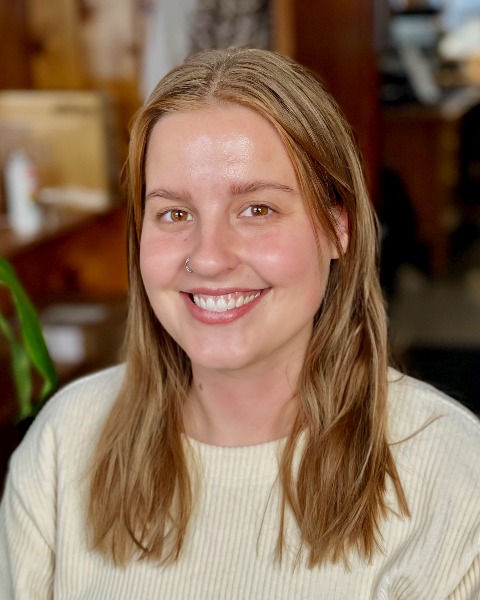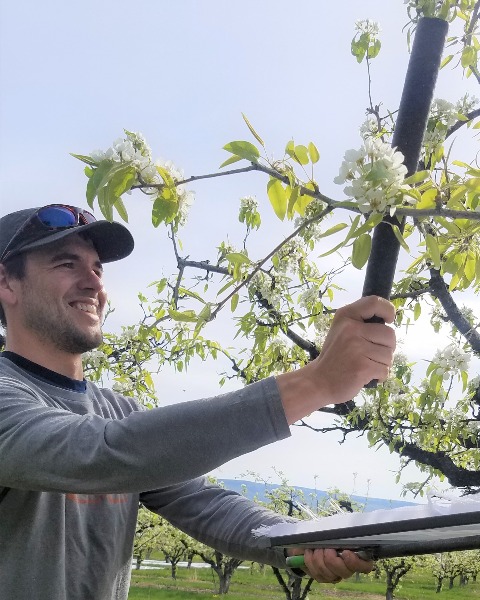Student Poster Display
Plant-Insect Ecosystems
Student
Student Competition
D3133: Insect marking technologies for examining pear psylla behavior

Molly Sayles (she/her/hers)
PhD Candidate
Washington State University
Wenatchee, Washington
Louis Nottingham
Research Assistant Professor
Washington State University
Mount Vernon, Washington
Robert Orpet
Postdoctoral Researcher
Washington State University
Wenatchee, Washington
Rebecca Schmidt-Jeffris (she/her/hers)
Research Entomologist
USDA-ARS
Wapato, Washington
Presenting Author(s)
Co-Author(s)
The Wenatchee River Valley is the top-producing pear region in Washington State. The region has struggled to control pear psylla since its introduction in the 1940s. Movement of pear psylla is not well understood, as it can be difficult to study due to their small size and high dispersal rate. Pear psylla move differently throughout the year, with a winterform generation that primarily overwinters in non-pear host plants and a highly dispersive summerform generation that resides in orchards. These different generations and associated characteristics create confusion about psylla migration in and out of orchards. To study how pear psylla disperse, there must be a reliable method of studying psylla movement. We examined insect marking technologies to understand pear psylla movement. A protein immunomarking method was established decades ago to track insect dispersal (Jones 2006, Hagler et al. 1992, 2010, 2014, 2020). We tested the applicability of this approach, SmartWater, and fluorescent powder to mark pear psylla. For each material, we measured durability, mortality, transferability, and compatibility with sticky card sampling. Egg white protein was the most durable mark, lasting up to two weeks in field conditions, suggesting that egg white protein could be used to track psylla dispersal within and between orchards.

.png)

